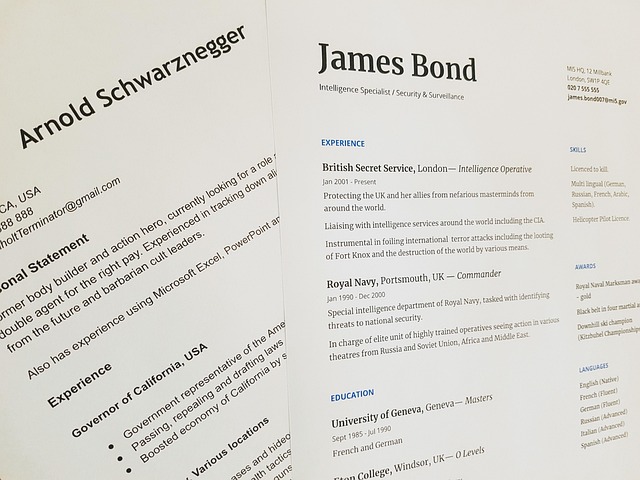Translating Portfolio Work into Formal Employment Experience
Many professionals move between freelancing, remote projects, and formal roles during their careers, and translating portfolio work into recognized employment experience is a practical skill. This article explains how to present project-based achievements on a resume, validate skills with certification and mentorship, prepare for interviews using concrete portfolio examples, and position freelancing as career-relevant experience. It also covers networking strategies and negotiation tactics that help bridge the gap between informal work and formal job offers, so hiring managers understand the scope, impact, and reliability of your contributions.

How to list freelancing and remote work on a resume?
When adding freelancing or remote projects to a resume, treat them like formal roles by using job-like headings and clear dates. Describe responsibilities and results with action verbs, quantifiable outcomes, and the skills you used. Group short projects under a single umbrella role (for example, “Independent Designer — Freelance”) or list key engagements separately when they demonstrate depth. Mention client types, project scope, and tools to show relevance for careers in your field. Emphasize transferable skills—communication, project management, and collaboration—so employers can compare your portfolio to traditional experience.
How does a portfolio strengthen careers prospects?
A portfolio connects claims on your resume to tangible work, giving employers evidence of skills and judgement. Include case studies that outline the problem, approach, your role, outcomes, and technologies used. For remote or distributed roles, show how you handled communication, version control, and timelines. Prioritize projects that map directly to job descriptions you target, and highlight results with metrics where possible. A well-structured portfolio signals professional maturity and helps employers visualize how your freelancing or project work translates to ongoing responsibilities within their teams.
Can certification and upskilling convert portfolio projects into recognized experience?
Certifications and targeted upskilling add external validation to self-directed projects. Choose certifications that are respected in your industry and pair them with portfolio examples that demonstrate the certified skills in context. Document learning pathways and micro-credentials on your resume and portfolio to show commitment to professional development. Upskilling can also fill gaps in formal schooling or traditional employment history, making freelancing work easier to compare during hiring decisions. Keep descriptions factual: list the certification, issuing body, and how it was applied to specific portfolio projects.
How to use portfolio work in interviews?
Prepare concise narratives about two to three portfolio projects that highlight problem-solving, collaboration, and measurable outcomes. Practice explaining the context, your specific contributions, obstacles you overcame, and the impact using numbers when available. Anticipate technical questions about tools and methodologies, and be ready to discuss trade-offs you made. For remote roles or careers involving distributed teams, explain communication rhythms and documentation practices you used. Using portfolio artifacts in interviews—screenshots, links, or walkthroughs—helps interviewers assess both skills and cultural fit without implying availability of specific jobs.
How to leverage networking and mentorship to validate freelance experience?
Networking and mentorship can bridge credibility gaps for portfolio-based professionals. Seek mentors who can review work, provide testimonials, or advise on framing freelance experience for employers. Use professional networking to share case studies, speak about lessons learned, and request introductions to hiring managers who value project-based skills. Ask satisfied clients for brief references that hiring teams can contact, and include those endorsements where appropriate. Structured mentorship and public contributions—blog posts, talks, or open-source commits—help demonstrate ongoing professional development and reinforce the validity of your portfolio experience.
How to negotiate employment offers using portfolio-based experience?
When negotiating, frame portfolio projects as demonstrable responsibility and impact rather than informal activities. Present clear examples of scope, outcomes, and how past engagements required skills the role needs. Discuss relevant certification or mentorship that underpins your claims. Avoid implying specific salary figures or available job opportunities; instead, focus on alignment of responsibilities, a fair role level, and performance metrics that justify compensation. Use negotiation to clarify expectations, probation periods, and success criteria that allow you to convert demonstrated project results into formal, measurable contributions within the organization.
Conclusion
Translating portfolio work into formal employment experience requires deliberate presentation: structure freelance roles on your resume like jobs, build case studies in your portfolio, validate skills through certification and mentorship, prepare concrete stories for interviews, and use networking to strengthen credibility. When negotiating, emphasize measurable impact and readiness to take on equivalent responsibilities. With consistent framing and evidence, project-based work becomes a credible foundation for career advancement across both remote and traditional employment contexts.





